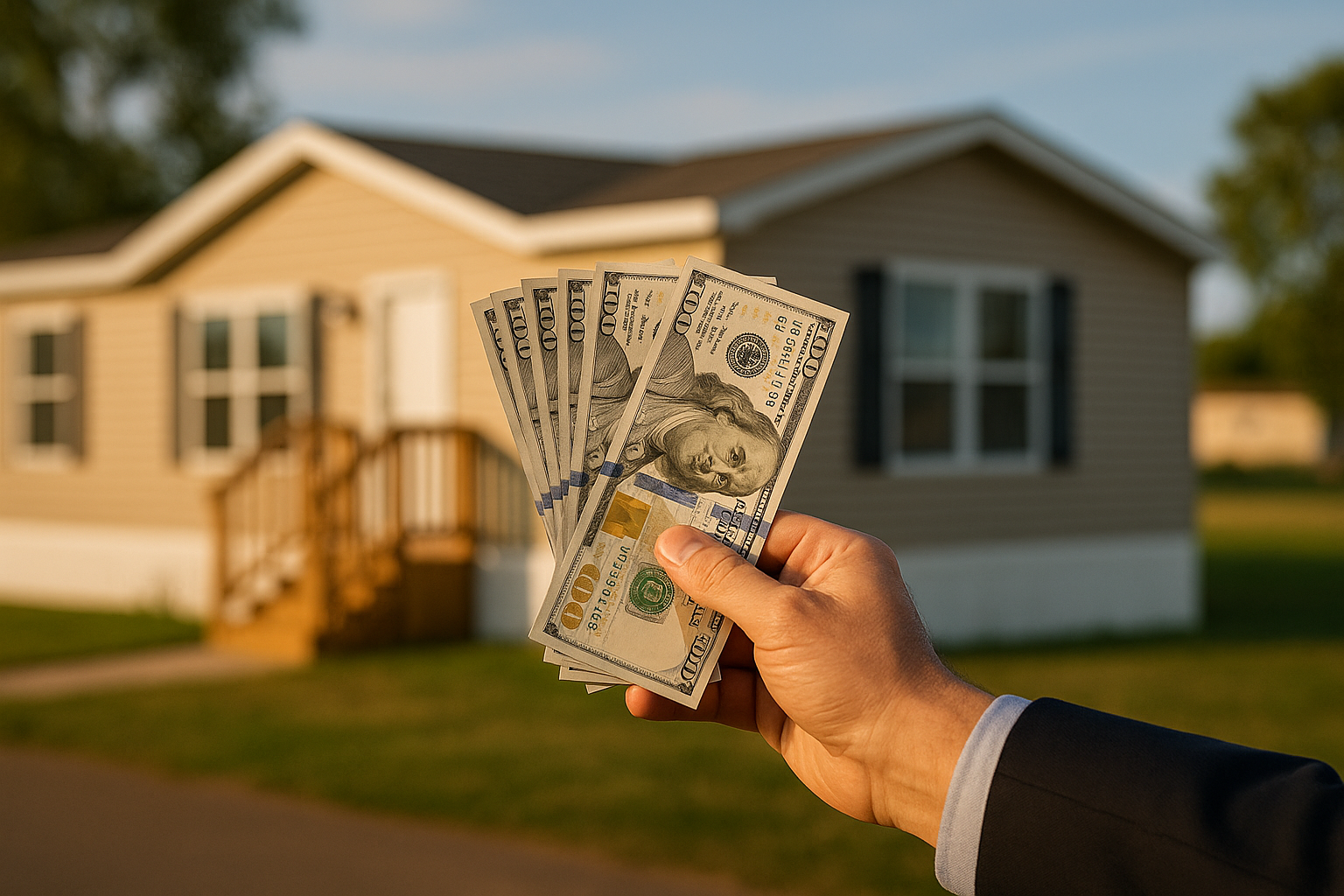Explore Repossessed Homes with Flexible Payment Options
Repossessed homes, also known as bank-owned properties, may offer a way to explore housing options outside of traditional listings. These properties are sometimes made available after prior financing agreements were not completed. Some platforms provide listings with a variety of homes and flexible purchase conditions. Terms vary, and buyers are encouraged to review all details carefully. This can be an informative first step for those considering alternative home options.

What are repossessed homes and how do they become available?
Repossessed homes are properties that have been reclaimed by lenders, typically banks, due to the previous owner’s inability to meet mortgage obligations. When a homeowner consistently fails to make payments, the lender may initiate foreclosure proceedings. If the property doesn’t sell at a foreclosure auction, it becomes a bank-owned or real estate owned (REO) property. These homes are then made available for purchase, often at prices below market value.
How can buyers find repossessed homes for sale with payment plans?
Several avenues exist for finding repossessed homes with flexible payment options:
-
Bank websites: Many financial institutions maintain listings of their REO properties.
-
Online real estate platforms: Websites like Zillow and Realtor.com often include bank-owned properties in their listings.
-
Government agencies: The Department of Housing and Urban Development (HUD) and other government entities list foreclosed homes they’ve acquired.
-
Local real estate agents: Some agents specialize in distressed properties and can help locate repossessed homes.
When searching, use terms like “REO properties,” “bank-owned homes,” or “foreclosures” to find these specific listings.
What are the benefits of buying a bank-owned property with no credit?
Purchasing a bank-owned property can offer several advantages, especially for buyers with limited or no credit:
-
Lower prices: Repossessed homes are often priced below market value to facilitate quick sales.
-
Potential for flexible financing: Some lenders offer special programs for REO properties, which may include options for buyers with poor credit.
-
Clear title: Banks typically clear any liens or back taxes before selling, reducing complications for buyers.
-
Opportunity for renovation: Many repossessed homes need work, allowing buyers to increase property value through improvements.
However, it’s important to note that “no credit” doesn’t necessarily mean no financial requirements. Buyers should still expect to demonstrate some form of financial stability or income.
What types of payment plans are available for affordable foreclosed homes?
Flexible payment options for repossessed homes can vary depending on the seller and the buyer’s financial situation. Some common arrangements include:
-
Owner financing: The bank or lender acts as the mortgage holder, potentially offering more lenient terms than traditional mortgages.
-
Rent-to-own agreements: Buyers can rent the property with an option to purchase later, allowing time to improve credit or save for a down payment.
-
Lease options: Similar to rent-to-own, but with a portion of rent payments applied towards the purchase price.
-
Government-backed loans: FHA, VA, or USDA loans may be available for certain repossessed properties, offering lower down payments and more flexible credit requirements.
What should buyers consider when exploring repossessed homes?
When considering a repossessed home purchase, keep these factors in mind:
-
Property condition: Many repossessed homes are sold “as-is,” potentially requiring significant repairs or renovations.
-
Location: Research the neighborhood and local market trends to ensure a sound investment.
-
Hidden costs: Factor in potential repair costs, property taxes, and insurance when budgeting.
-
Competition: Attractive repossessed properties may receive multiple offers, so be prepared to act quickly.
-
Legal considerations: Understand the foreclosure laws in your state and any redemption periods that may apply.
It’s crucial to conduct thorough due diligence, including professional inspections and title searches, before committing to a purchase.
How do costs compare for repossessed homes versus traditional listings?
When comparing repossessed homes to traditional listings, several factors can influence the overall cost:
-
Purchase price: Repossessed homes are often priced 10-50% below market value, depending on condition and location.
-
Repair costs: Many bank-owned properties require renovations, which can offset initial savings.
-
Financing terms: While some repossessed homes offer flexible payment options, interest rates may be higher for non-traditional financing.
-
Closing costs: These can vary but are often negotiable with bank-owned properties.
Here’s a general comparison of costs for repossessed homes versus traditional listings:
| Aspect | Repossessed Homes | Traditional Listings |
|---|---|---|
| Purchase Price | Often 10-50% below market | At or near market value |
| Down Payment | Can be lower (3-10%) | Typically 10-20% |
| Repair Costs | Often higher ($5,000-$50,000+) | Usually lower or negotiable |
| Financing Options | May include flexible plans | Standard mortgage options |
| Closing Costs | Often negotiable | Less negotiable |
Prices, rates, or cost estimates mentioned in this article are based on the latest available information but may change over time. Independent research is advised before making financial decisions.
In conclusion, repossessed homes can offer an affordable entry point into homeownership, especially for buyers open to properties that may need work. While these homes can present great opportunities, it’s essential to carefully consider all aspects of the purchase, including potential hidden costs and the commitment required for renovations. With proper research and preparation, buyers can find attractive options among repossessed properties with flexible payment arrangements.






